Tips for pumpkin planting
Written by Joy
Nov 02 2021

Pumpkin is a fruit and vegetable plant grown by people all over the world. It has many varieties, and there are also small mini pumpkins. Large pumpkins are also loved by many people. The planting method of large pumpkins is very easy to implement. As long as you choose the time and planting soil, you should soak the seeds in the yield-increasing spirit, and then carry out appropriate fertilization and treatment, you can produce large and round large Pumpkin.
Pumpkin has many uses. It can be made into exquisite sweets, produce pumpkin seeds, pumpkin vines and can also be used as a beautiful and bright autumn decoration. Planting pumpkins seed is simple and economical because they can survive in many different areas. It's a good choice to read this passage on how to choose pumpkin types for planting, find an environment that can help your plants thrive, plant and harvest your pumpkins.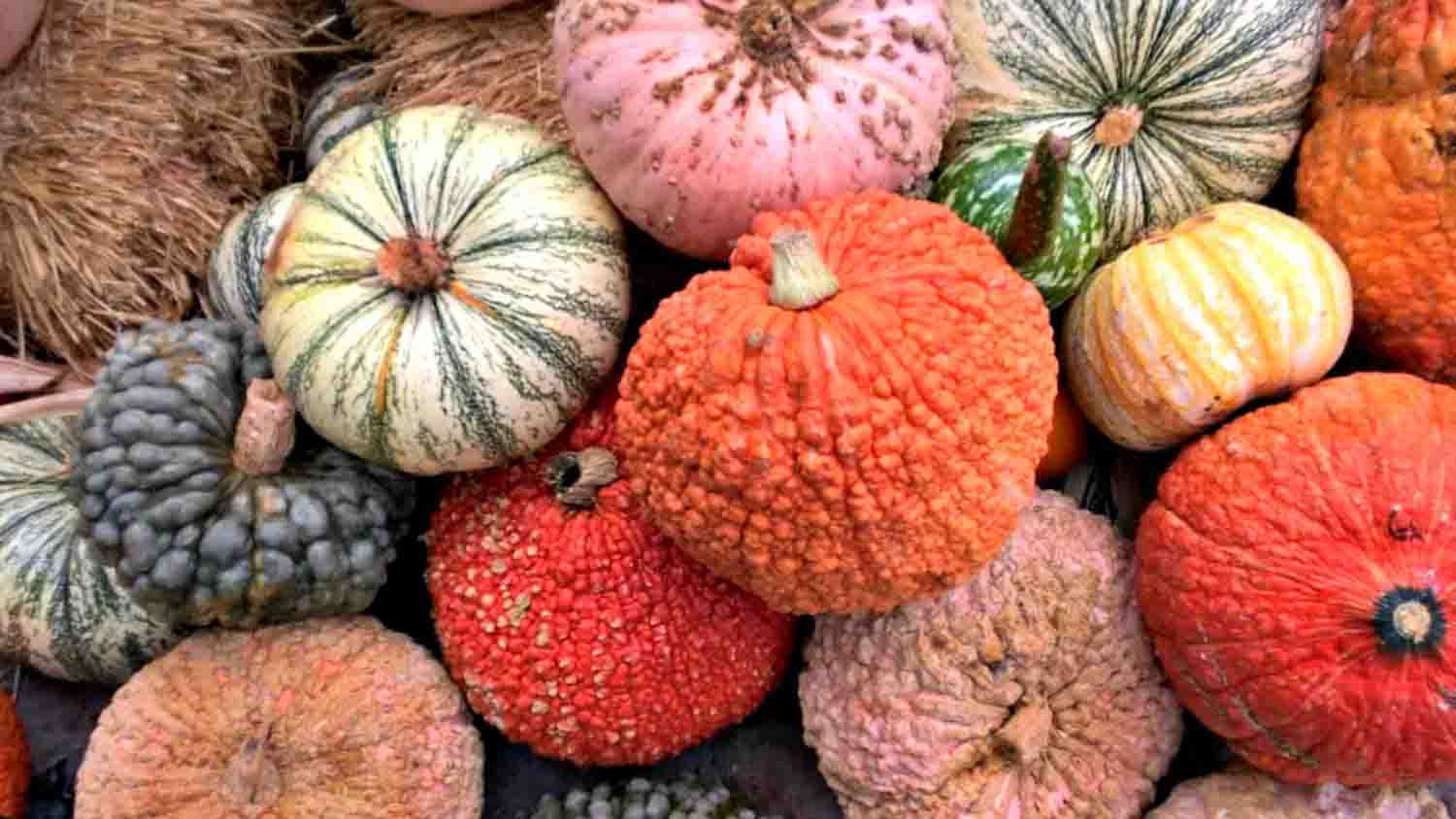 If you are celebrating Halloween and want to harvest pumpkins in time for Halloween, then you'd better plant them in the summer and plant them later. If you plant it in the spring, then for Halloween, your pumpkin may mature and harvest too early.
If you are celebrating Halloween and want to harvest pumpkins in time for Halloween, then you'd better plant them in the summer and plant them later. If you plant it in the spring, then for Halloween, your pumpkin may mature and harvest too early.
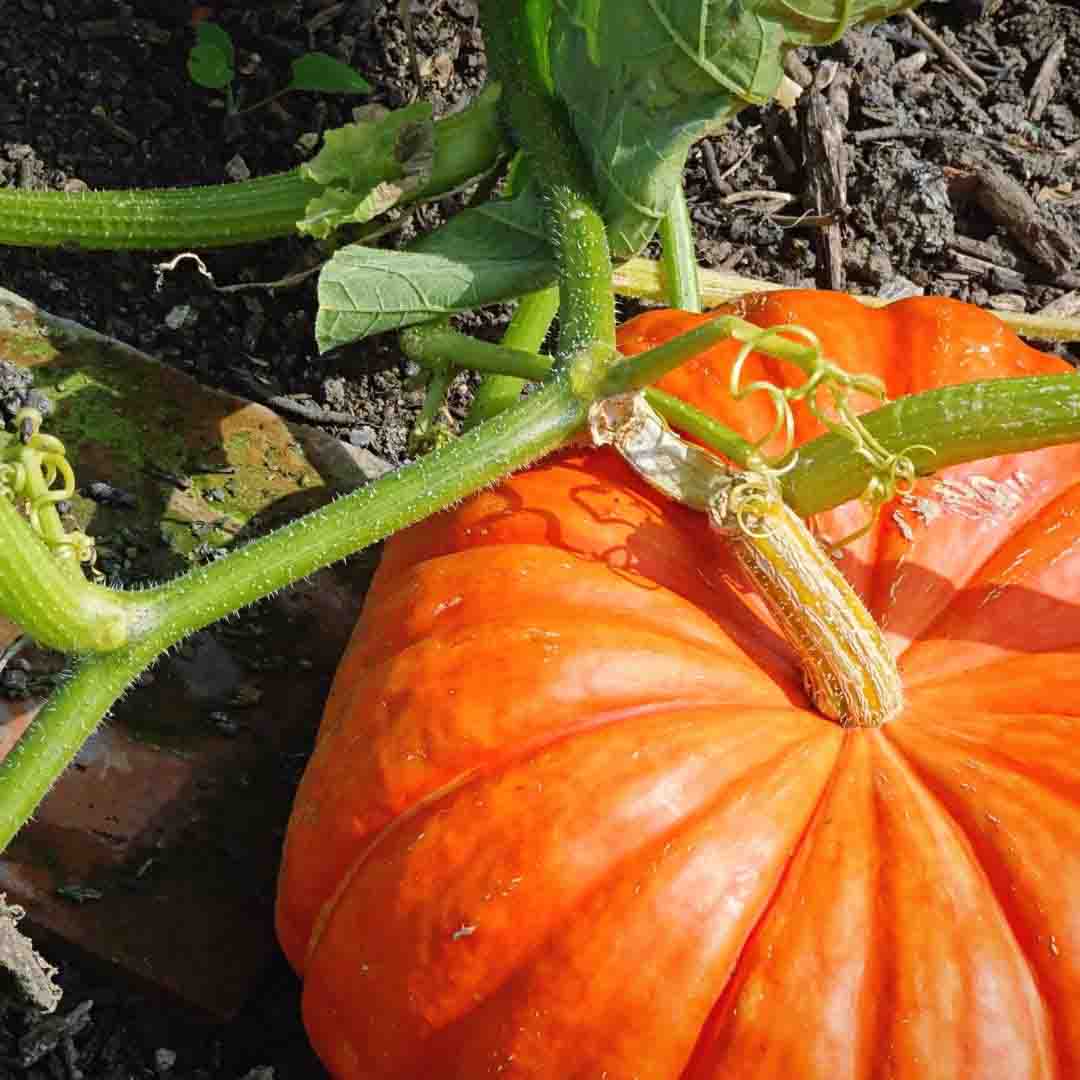 You'd better not choose a location under a tree or in the shadow of a building. It's necessary to make sure that the pumpkin will get plenty of sunlight throughout the day.
You'd better not choose a location under a tree or in the shadow of a building. It's necessary to make sure that the pumpkin will get plenty of sunlight throughout the day.
If you want to further promote the growth of pumpkin vines, why not treat the soil in advance by composting the soil. It's necessary to dig some large holes where you plan to plant the pumpkin seeds, and fill the holes with compost mixture a few days before planting pumpkins.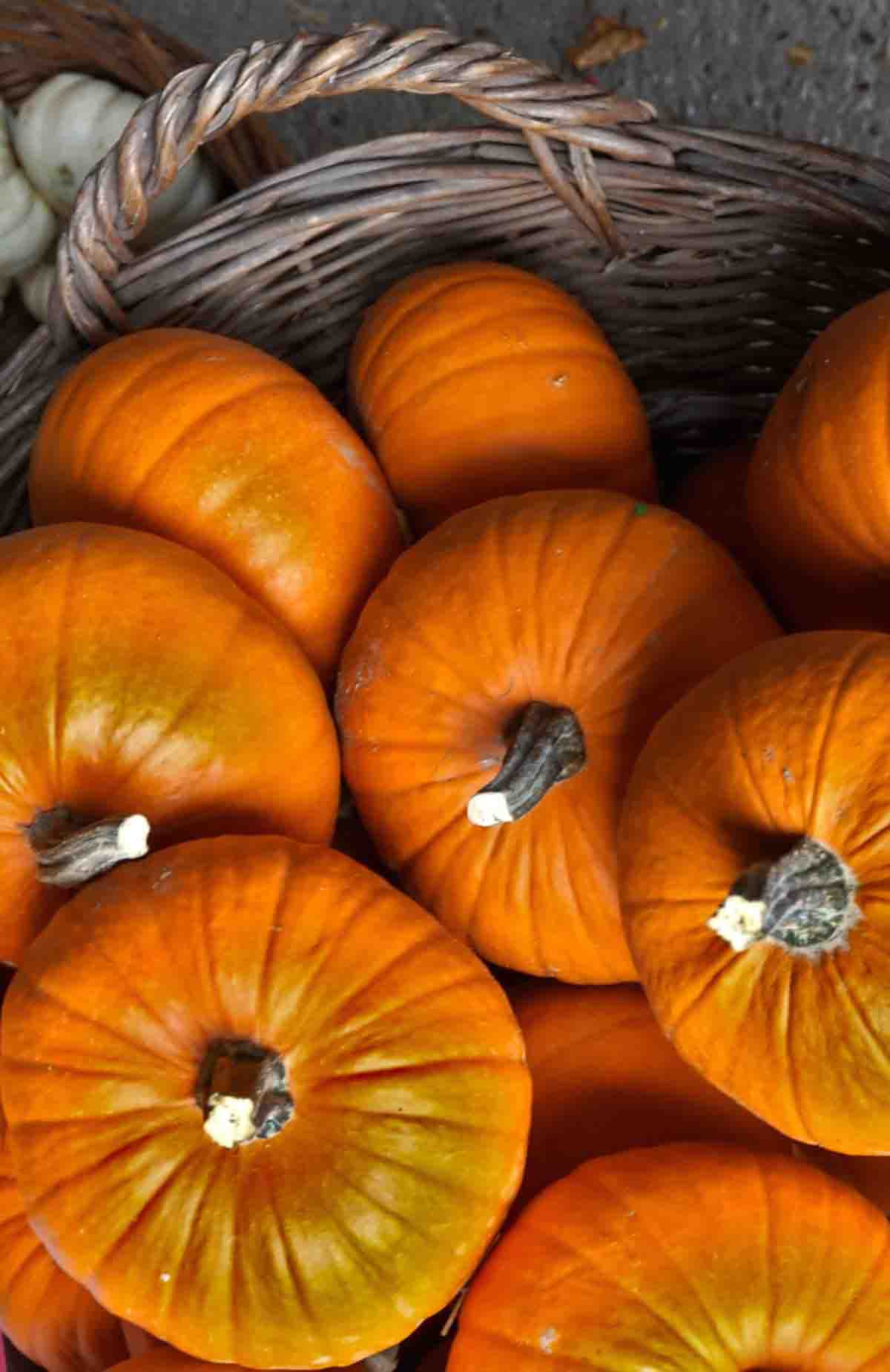 First, making pumpkin pie for eating is a good choice.
First, making pumpkin pie for eating is a good choice.
Second, the big decorative pumpkins can be carved into Halloween pumpkin lanterns. The seeds of these pumpkins are edible, but their pulp is not delicious.
Third, the small decorative pumpkins, usually are called mini pumpkins.
Planting 2 or 3 seeds within ten centimeters is necessary, in case one seed cannot germinate for some reason.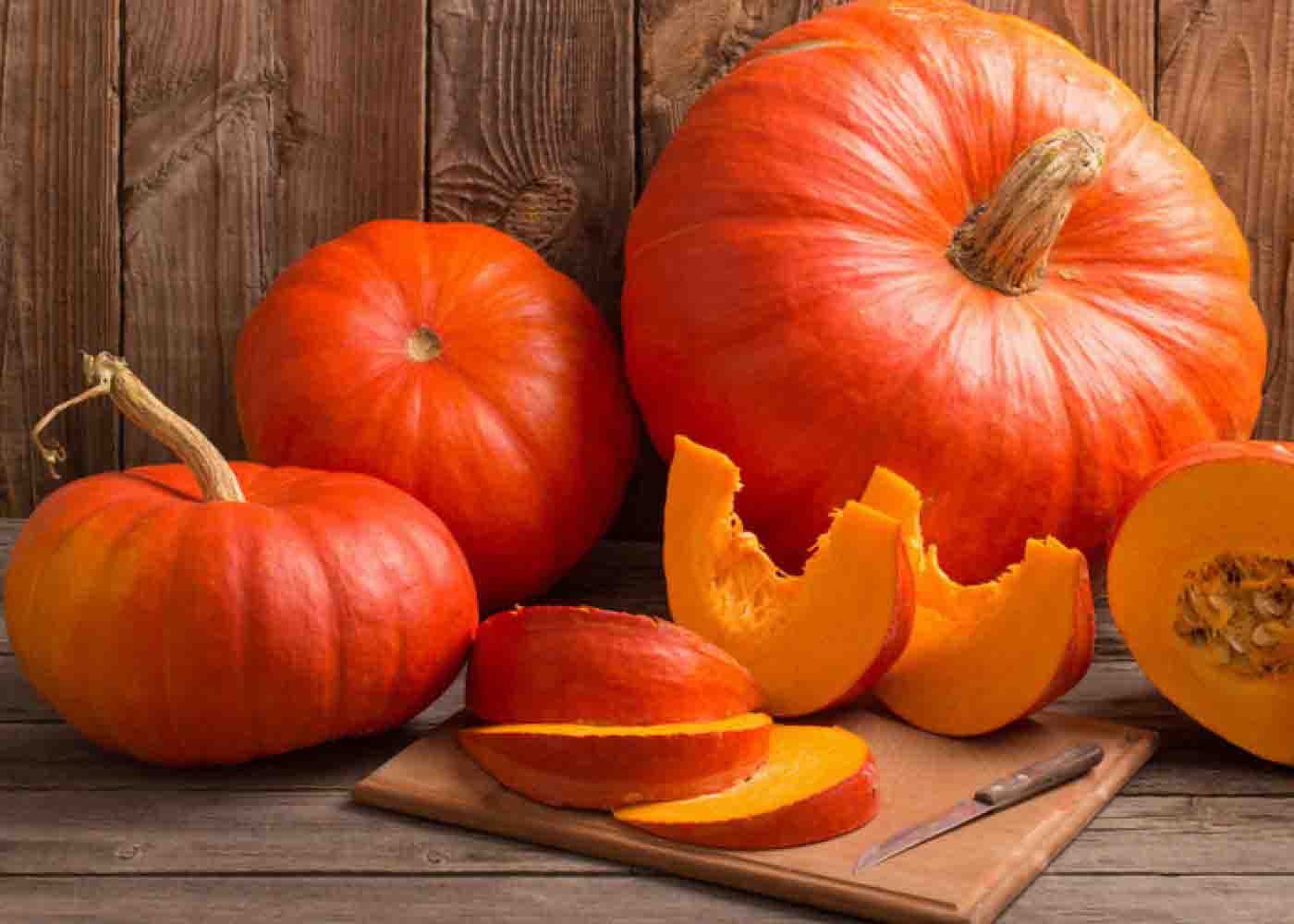 It doesn't matter which end of the seed points upward. If the pumpkin seeds can survive, they will grow no matter what.
It doesn't matter which end of the seed points upward. If the pumpkin seeds can survive, they will grow no matter what.
Some seed packs recommend planting seeds on a hillside or pile up a pile of soil, spaced in rows in your planting area. This can help if your soil does not have good natural drainage, but under the right conditions, this is unnecessary. When you water the plant, it's a good choice to use a lot of water and let it soak deep into the soil. Depending on pumpkin's growth stage, the roots of pumpkin plants will extend down ten centimeters or even one or two meters long. It is important for water to reach their roots.
When you water the plant, it's a good choice to use a lot of water and let it soak deep into the soil. Depending on pumpkin's growth stage, the roots of pumpkin plants will extend down ten centimeters or even one or two meters long. It is important for water to reach their roots.
Gardeners try not to water the pumpkin leaves. This promotes the growth of a fungus called powdery mildew, which causes pumpkin leaves to wither and plants to die. You ought to water in the morning, not at night, so that any moisture on the pumpkin leaves has time to dry in the sun.
When the pumpkin leaves start to grow and turns orange, it's time to reduce your water consumption. About a week before you plan to harvest the pumpkins, you should stop watering completely.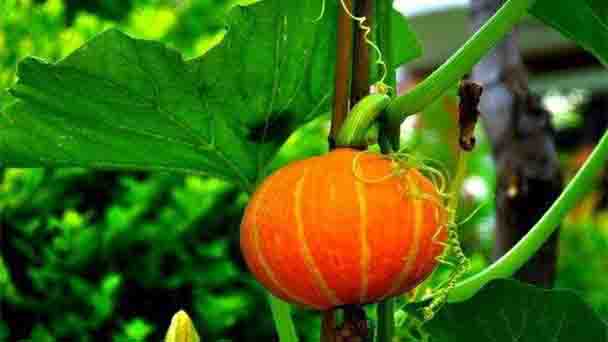 You'd better check the pumpkin leaves and flowers to see if there are beetles. The beetles will eat plant tissue and eventually kill the pumpkin plant. Scrape the beetle off the plant, several times a week.
You'd better check the pumpkin leaves and flowers to see if there are beetles. The beetles will eat plant tissue and eventually kill the pumpkin plant. Scrape the beetle off the plant, several times a week.
Aphids are pests that threaten many garden plants. You can find them under the leaves, and if you don't pay attention to them, they will quickly kill the plant. Spray them off in the morning with water so that the leaves have time to dry.
If necessary, you’d better use organic pesticides to eliminate pests on your plants. Besides, you could ask for product information at your local nursery.
What you should pay attention is that you'd better not harvest soft pumpkins. They will go bad after a few days.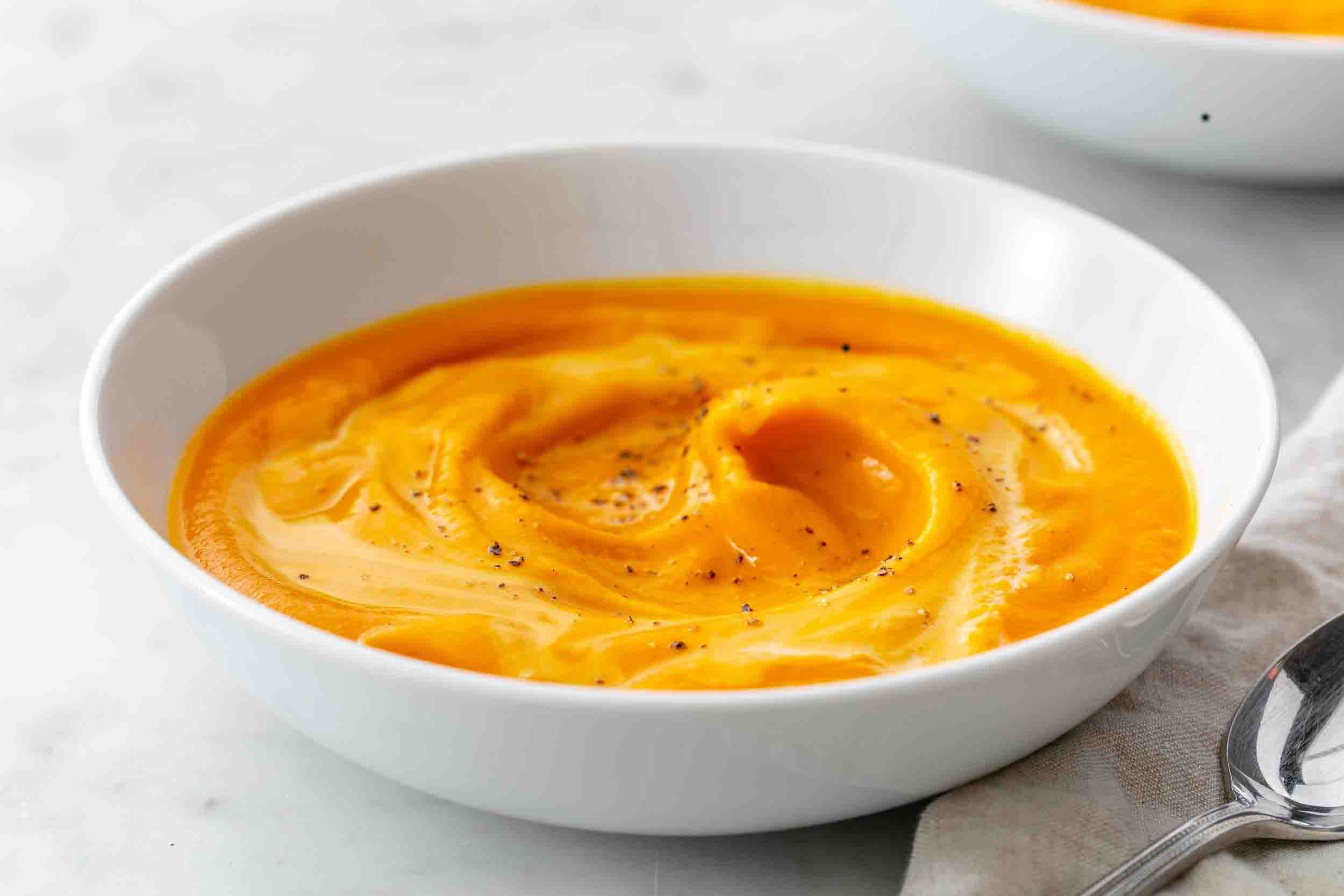 Keeping the pumpkins away from humid and humid places is better. They do not need to be refrigerated. After harvest, the pumpkin can be stored for several months.You could use pumpkin no matter when you want.
Keeping the pumpkins away from humid and humid places is better. They do not need to be refrigerated. After harvest, the pumpkin can be stored for several months.You could use pumpkin no matter when you want.
You'd better water well, but not too much, as the stems are easy to rot.
Once picked, the pumpkin (very prolific) can be stored outdoors for a long time, or if it is in a snowy climate, it can be stored in the cellar for a long time. When the climate is mild, put the pumpkins in the shed, on the roof of the shed, in burlap bags, etc.. When it is snowing, it's a good choice to put them in the basement. They will give you food all winter.
Pumpkins are prolific plants, and they will occupy the part of the land they own in the garden. Therefore, gardeners must distinguish them from other plants, so that they have a lot of space for spreading. No matter where a pumpkin plant starts to grow, any plants underneath will be crushed-pay attention to the new pumpkins, if pumpkin leaves squeeze other plants, what you need to do is that you'd better gently move them and their stems to the side. Sometimes pumpkin leaves even squeeze each other!
Pumpkin seeds
Shovel, trowel, shovel
Good soil and large garden space
Water regularly
Organic pesticides (optional)
Pumpkin has many uses. It can be made into exquisite sweets, produce pumpkin seeds, pumpkin vines and can also be used as a beautiful and bright autumn decoration. Planting pumpkins seed is simple and economical because they can survive in many different areas. It's a good choice to read this passage on how to choose pumpkin types for planting, find an environment that can help your plants thrive, plant and harvest your pumpkins.
Ready to plant pumpkin seedsDetermine when to plant pumpkin seeds in your areaChoose a planting location and prepare the soilChoose pumpkin seedsGrow pumpkinsTake care of pumpkinsWater the pumpkinFertilizing pumpkin plantsControl weeds and pestsWeed the pumpkin field oftenHarvest pumpkinsCheck if the pumpkin is ripeCut pumpkin stemsStore the pumpkin in a sunny, dry placeHintsAttentionYou need to prepare
Ready to plant pumpkin seeds
Determine when to plant pumpkin seeds in your area
Pumpkin seeds cannot germinate in cold soil, so plant them after the frost has passed. Planting pumpkin seeds needs you to make a plan in late spring or early summer and harvest in autumn.
Choose a planting location and prepare the soil
Pumpkins grow on vines and need a lot of space to grow. It's a good idea to choose a place in your yard, it must have the following characteristics.First, 6-9 meters of open space
Your pumpkin field does not need to occupy your entire yard. You can plant it along your house or along the fence in the backyard.
Second, well-drained soil
Clay-based soil cannot quickly absorb water, which is not conducive to the growth of pumpkins. Choosing a place where water will not accumulate after heavy rains is a good choice.If you want to further promote the growth of pumpkin vines, why not treat the soil in advance by composting the soil. It's necessary to dig some large holes where you plan to plant the pumpkin seeds, and fill the holes with compost mixture a few days before planting pumpkins.
Choose pumpkin seeds
You could consider going to your local nursery or ordering seeds from this catalog and plant them in your pumpkin field. There are many different types of pumpkins, but for home planting, there are three main types.
Second, the big decorative pumpkins can be carved into Halloween pumpkin lanterns. The seeds of these pumpkins are edible, but their pulp is not delicious.
Third, the small decorative pumpkins, usually are called mini pumpkins.
Grow pumpkins
Plant pumpkin seeds 2.5-5 cm deep in the soil
Pumpkin should be planted in rows along the middle of the pumpkin field so that the vines have enough room to grow. You'd better leave a space of one or two meters between the planted seeds.Planting 2 or 3 seeds within ten centimeters is necessary, in case one seed cannot germinate for some reason.

Some seed packs recommend planting seeds on a hillside or pile up a pile of soil, spaced in rows in your planting area. This can help if your soil does not have good natural drainage, but under the right conditions, this is unnecessary.
Cover the planted pumpkin seeds with compost
If you have composted the soil before planting, you can skip this step. If not, then add a thin layer of compost or mulch where you plant the seeds. Compost will help stop weeds from growing and nourish the seeds. With proper care, the pumpkin plant should germinate in about a week. (Find more Winter Vegetables here.)Take care of pumpkins
Water the pumpkin
When the soil moisture is low, you'd better water the pumpkin vines. Pumpkin vines need a lot of water, but not too much water. You'd better water vines when the soil seems to be a bit dry, and moist soil does not need to be watered more. Gardeners should develop this habit to take care of your pumpkin vines.
Gardeners try not to water the pumpkin leaves. This promotes the growth of a fungus called powdery mildew, which causes pumpkin leaves to wither and plants to die. You ought to water in the morning, not at night, so that any moisture on the pumpkin leaves has time to dry in the sun.
When the pumpkin leaves start to grow and turns orange, it's time to reduce your water consumption. About a week before you plan to harvest the pumpkins, you should stop watering completely.
Fertilizing pumpkin plants
When the pumpkin plant germinates for the first time, adding fertilizer will help prevent the growth of weak pumpkins and promote the growth of healthy pumpkin plants. You could go to your local nursery and ask about fertilizer that can be added to your pumpkin planting bed.Control weeds and pests
To ensure that your plants produce healthy pumpkins, you must monitor pumpkins throughout the growth process.Weed the pumpkin field often
You'd better not let the growth of weeds squeeze out the pumpkin plant or absorb the nutrients needed for pumpkin growth. It's a good choice to plan to weed several times a week.
Aphids are pests that threaten many garden plants. You can find them under the leaves, and if you don't pay attention to them, they will quickly kill the plant. Spray them off in the morning with water so that the leaves have time to dry.
If necessary, you’d better use organic pesticides to eliminate pests on your plants. Besides, you could ask for product information at your local nursery.
Harvest pumpkins
Check if the pumpkin is ripe
The color of the pumpkin should be bright orange with a hard shell. Their stems of pumpkin should begin to dry out and wither. In some cases, the vine itself may also begin to wither.What you should pay attention is that you'd better not harvest soft pumpkins. They will go bad after a few days.
Cut pumpkin stems
You could cut the pumpkin stems with scissors, leaving a length of ten centimeters. Please keep it in mind that you'd better not break the pumpkin stem, as this will cause the pumpkin to rot.Store the pumpkin in a sunny, dry place

Hints
Generally, there is no need to worry about pumpkin pests. They are usually tough.You'd better water well, but not too much, as the stems are easy to rot.
Once picked, the pumpkin (very prolific) can be stored outdoors for a long time, or if it is in a snowy climate, it can be stored in the cellar for a long time. When the climate is mild, put the pumpkins in the shed, on the roof of the shed, in burlap bags, etc.. When it is snowing, it's a good choice to put them in the basement. They will give you food all winter.
Attention
If given the opportunity, pumpkins will even climb onto nearby trees or walls. A house we once bought had an overgrown pumpkin field, and the pumpkin grew on the roof!Pumpkins are prolific plants, and they will occupy the part of the land they own in the garden. Therefore, gardeners must distinguish them from other plants, so that they have a lot of space for spreading. No matter where a pumpkin plant starts to grow, any plants underneath will be crushed-pay attention to the new pumpkins, if pumpkin leaves squeeze other plants, what you need to do is that you'd better gently move them and their stems to the side. Sometimes pumpkin leaves even squeeze each other!
You need to prepare
PumpkinPumpkin seeds
Shovel, trowel, shovel
Good soil and large garden space
Water regularly
Organic pesticides (optional)
Read Next:
10 Best Winter Vegetables that Improve Your Health
Latest Updated
- Benefits of Bugleweed - 7 Science-backed Health Benefits
- Bugleweed Dangers & Side Effects - Is It Poisonous?
- How to Plant Evergreen Trees - What You Should Know
- When to Plant Evergreens - Grow Guide for Evergreen Trees
- 12 Wonderful Evergreen Shrubs for Your Garden
- 12 Popular Evergreen Plants with Pictures for Beginners
- When And How To Prune A Lilac Bush Like a Pro
- How to Grow & Care for Lilac Vine (Hardenbergia Violacea)
- Japanese Lilac Tree (Syringa Reticulata) Care & Propagation Guide
- Shumard Oak Pros and Cons - What to Know
Popular Articles
- Winter maintenance of Antirrhinum Majus
- How to Grow Terminalia Mantaly Tree
- How to Grow and Care for Crossostephium Chinense
- How to grow Antirrhinum Majus in spring
- Peristeria Elata (Dove Orchid) Profile: Info & Care Guide
- Underwatered Snake Plant (Sansevieria Trifasciata) - Signs And How To Fix
- How to Care for Brazilian Jasmine Plant (Mandevilla Sanderi)
- How to Grow & Care for Graptopetalum Purple Delight in Summer
- Rosa Chinensis (China Rose): Plant Growing & Care Tips
- How to Care for Baby Sun Rose (Aptenia Cordifolia)